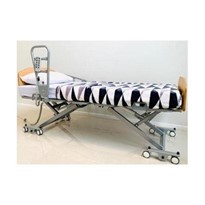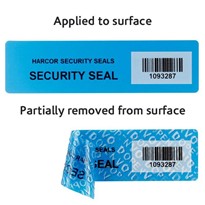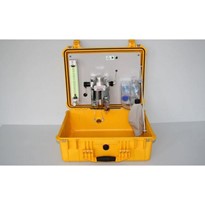Prolonged sitting is detrimental to employee health, but it may also be killing your businesses’ productivity and culture. A new survey commissioned by Ergotron (a Nortek company) found that 61 percent of full—time U.S. employees are more likely to get up and move when they are feeling restless from sitting versus cyberloafing (39 percent)—an activity currently estimated to cost U.S. business upwards of $85 billion a year. The report, JustStand® Index: Getting Productivity Up and Moving, captures the attitudes and actions of today’s workforce in order to measure the adverse effects sedentary behavior has not only on employees’ personal health, but also on the overall health of an organization
The JustStand Index analyzed the following five categories:
- Company productivity is adversely affected. While taking regular breaks is important, the data suggests that employees are spending excessive time away from their desks due to restlessness and physical discomfort from prolonged sitting. This situation is hurting overall productivity and is easily avoidable.
- Office culture is taking a hit from exposure to prolonged sitting. Over 60 percent of employees dislike or even hate sitting, yet nearly 70 percent do it all day, every day.
- Employee health is in question. With the influx of wearable technology, people are presumably more health—conscious than ever before, but are they being lulled into a false sense of fitness and health? Sixty—two percent of employees indicated that they get the recommended 2.5 hours a week of exercise. However, sitting too much at work, despite physical activity undertaken throughout the week, is detrimental to the human body.
- The benefits of rethinking wellness. Despite health and wellness programs in corporations being a stated priority, only 23 percent of employees are aware of a wellness program at their company and of that small population, only 35 percent of those programs offer alternative workstations as a benefit option to help avoid prolonged sitting and encourage more movement throughout the workday.
- Sitting disease awareness is increasing. Since the JustStand Index was introduced in 2013, awareness has doubled but has yet to achieve widespread understanding. While 86 percent of people believe that prolonged sitting increases the risk of early mortality, only 48 percent of people believe they are personally at risk. This demonstrates the need for further education and conversation throughout the business community.
“Over the last decade or so, employees have become much more health—conscious—being more mindful of the food they eat and the importance of exercise,” said Betsey Banker, Wellness Manager at Ergotron. “This focus has made its way into the workplace as expectations for employers to provide healthier work environments have escalated. Workers are beginning to understand that sitting disease—the term used to describe the metabolic impacts of a sedentary lifestyle—can cancel out the benefits of the positive behaviors they've adopted.”
The makeup and mindset of today’s workforce has altered corporate priorities drastically. The workplace is riddled with distractions and business leaders are striving to offer benefits that increase employee satisfaction and comfort while also improving business outcomes. Employers are investing in a variety of new perks and company benefits, such as flexible work schedules, wellness programs and even nap rooms or healthy snack deliveries. However, the data indicates that organizations are missing one of the most obvious points of employee dissatisfaction: sedentary work environments.
“In the last five years, we have seen sit—stand workstations be embraced by many companies as a key part of their wellness initiatives. We attribute that to a combination of advancements in research and expansion of affordable sit—stand product offerings. But we remain in the early stages of adoption,” said Pete Segar, Ergotron’s CEO. “At Ergotron, we are collaborating with academic and research organizations to continue advancing our understanding of the impact of the sitting disease on health, and we are investing in continued product innovation to provide solutions for a wider range of users.”
Methodology
The second JustStand Index was commissioned by Ergotron and fielded by independent panel research firm Research Now from September 23 to October 2, 2015. The responses were generated from a survey of 1,000 people who self—identified as full—time employees. All respondents are age 18 or older and living in the continental United States.













